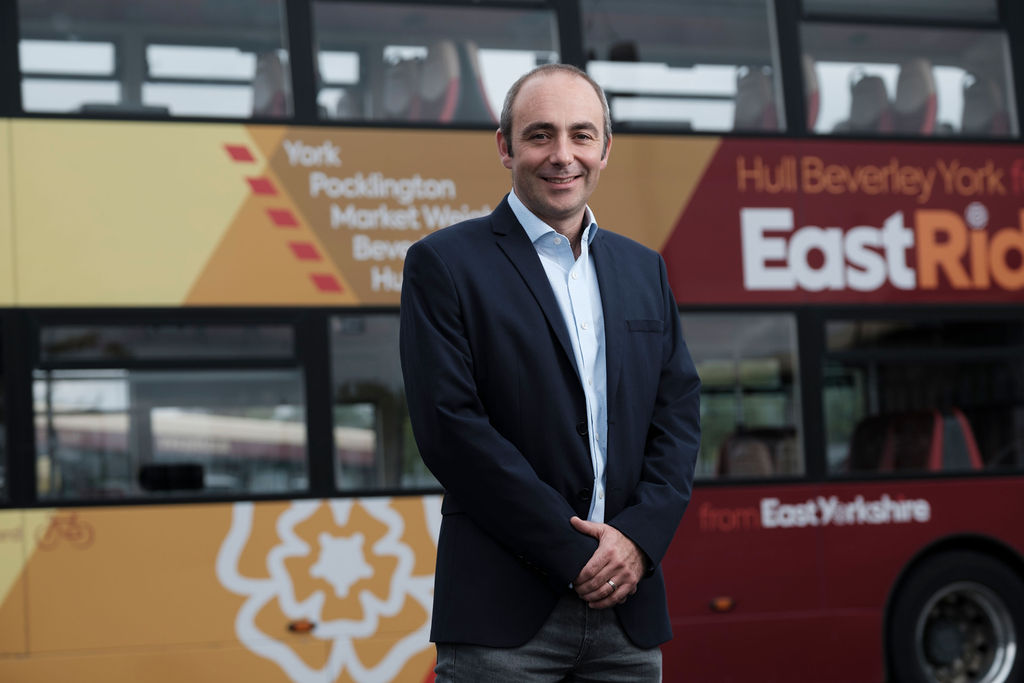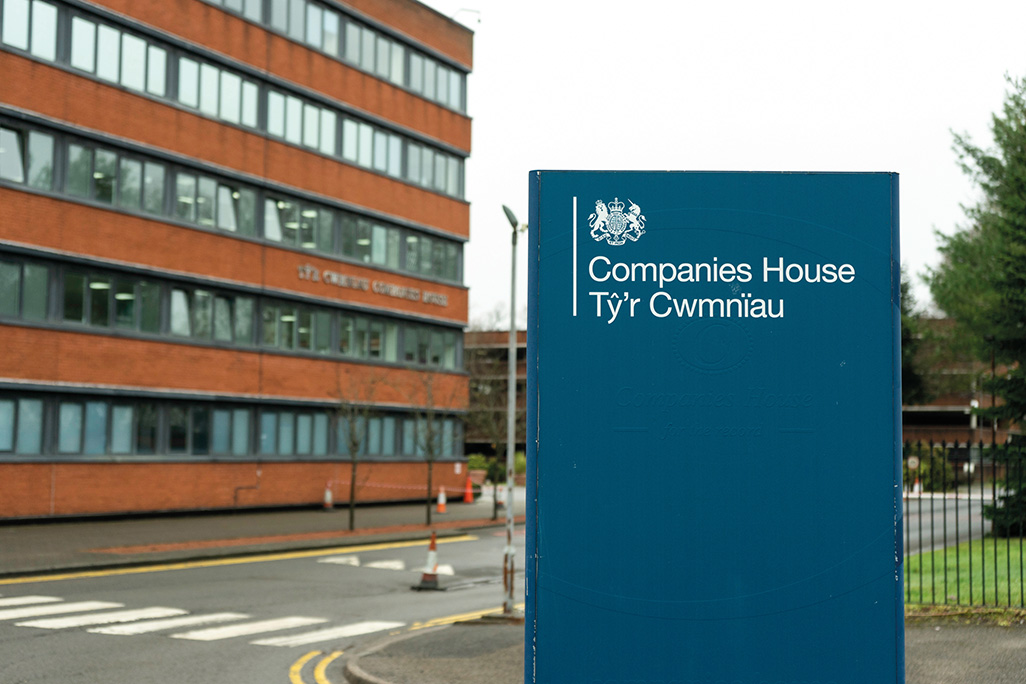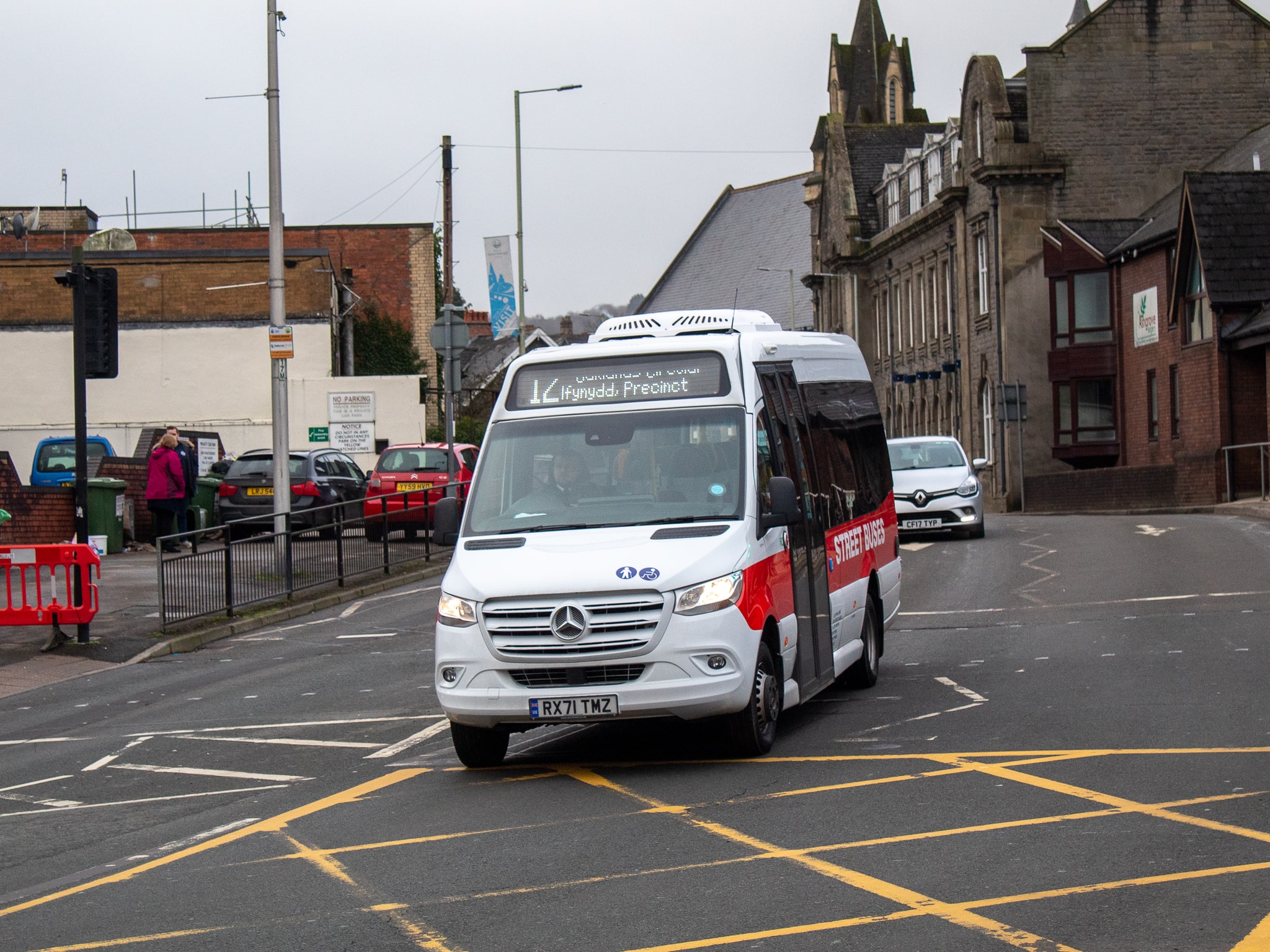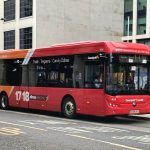Like many businesses in our sector, shortages of drivers and engineers was an overriding theme of 2021 and 2022. Combined with the lingering pandemic impact, service delivery took a downturn, with negative effects not only on customers, but on front-line staff, whether they were drivers or controllers facing the daily chore of reallocating work to try to minimise the impact on the network.
Fast forward to spring 2023, and we are in a radically different situation. It feels almost unreal, given the stress and pressure that the team have been under for the last two years. How have we stabilised a situation that, at its worst, saw us running a shortage of 65 drivers against an establishment of around 450?
The reality is that workforce planning is a nuanced skill. There are no simple or easy fixes that resolve things on their own. Instead there is a multifaceted set of actions and hard work that is tailored to the market and situation that you find yourself in.
Our first action was to right-size our network. With a drop in commercial patronage that has now stabilised at 90% of pre-pandemic levels, we have reduced establishment on our core network by around 30 drivers.
This is a quick fix that saw instant results and improved service delivery, with more consistent headways on higher frequency services and selective trimming of lightly-used trips. Customers have seen little in the way of reduced services, but they have had a more reliable and robust timetable.
Alongside that, we stepped up our efforts to reduce the leaver rate. While pay is not the only factor that drives satisfaction, ours had slipped behind other local employers. Over the last two years, we have increased pay by 25%. That was a gamble, but the impact on turnover has been noticeable and early indications are that the savings in recruitment are around 3% of our annual wage bill.
Generally speaking, most people who have left have gone to jobs outside the industry, and the change in rates has seen some welcome faces return. Clearly, these costs need to be recouped with savings elsewhere, but we have increased fares and tender prices have gone up, covering some of the additional spend.
We have also radically changed our duties, with a significant move away from four-day, three-piece shifts to shorter five-day, two-piece arrangements. The working day length (and the amount of it unpaid) was always a big area of complaint, and the change has been well received, with drivers experiencing less fatigue.

A high-profile recruitment campaign has also been critically important. We developed our Heroes of the Road promotion at the end of 2022, with it being splashed on bus rears, local media, roadside shelters and social media.
That saw an instantaneous tripling of applications, allowing us to be more selective. We are seeing some great people come through this process.
There is, of course, more still to do, and our focus this year will be on how we can tap into increasing female and part-time workers with greater flexibility on rotas and more people working below the standard 38-hour week.
In 2019, we introduced annualised hours, which allowed us to separate out school and college duties and create an attractive proposition for people who want weekends and school holidays off. This year, we will build on that with greater flexibility for those who don’t want to work traditional shift patterns.



























